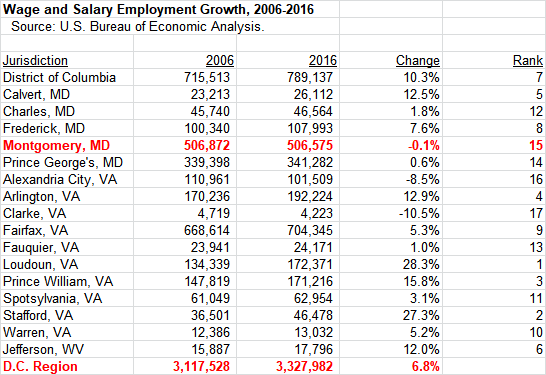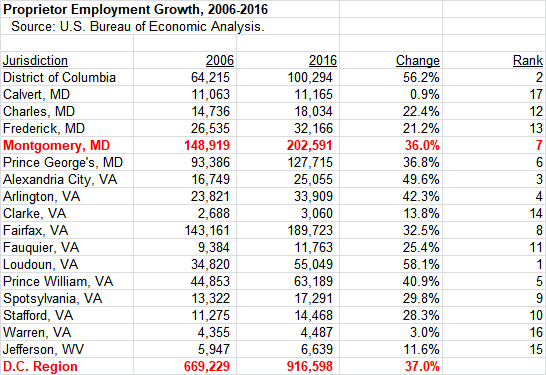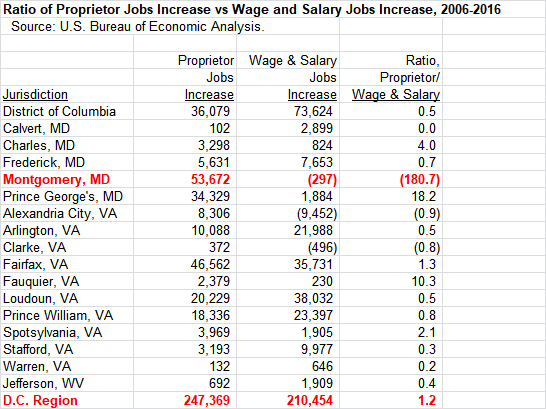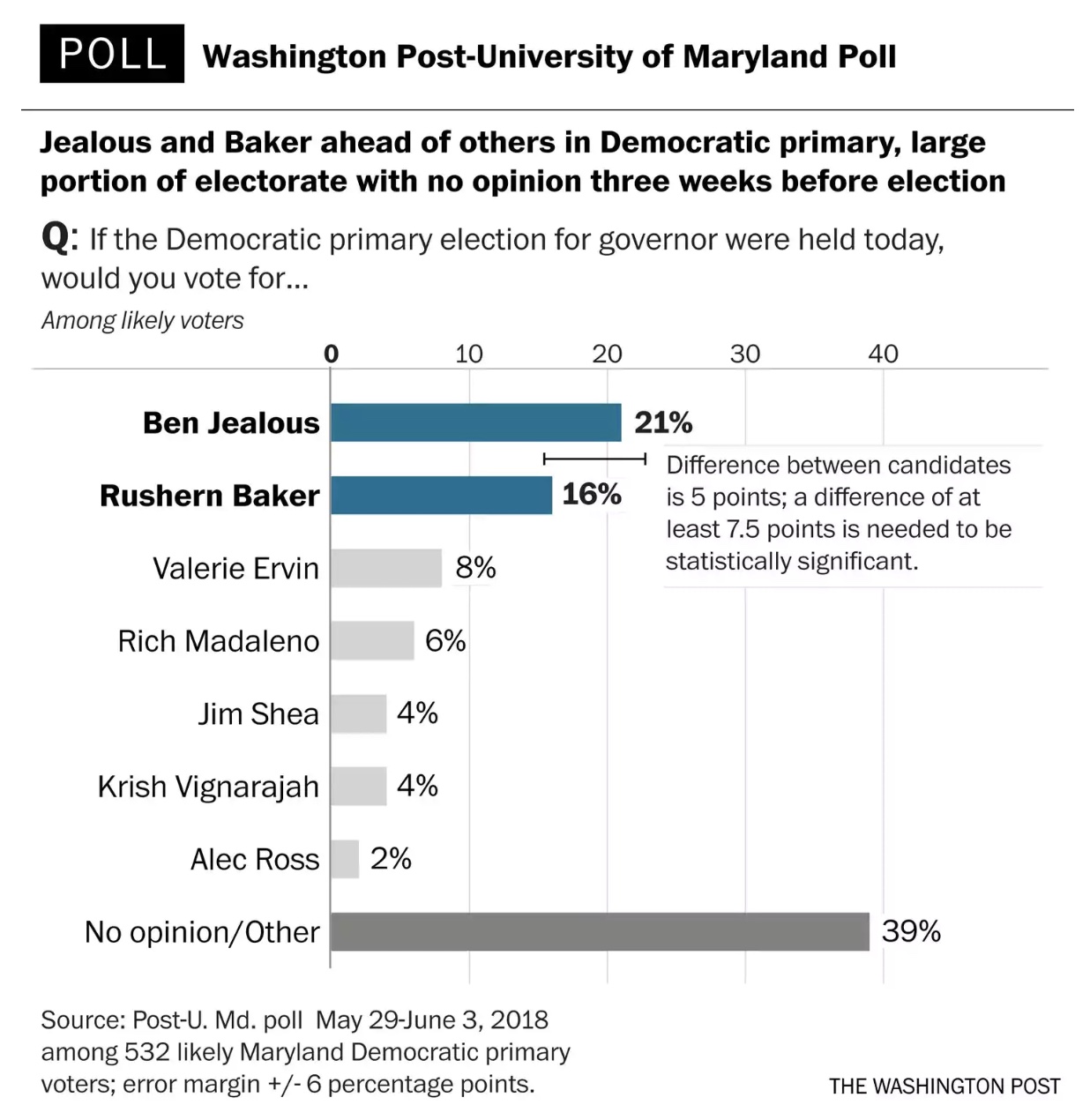Yesterday, the Director of the Montgomery County Department of Liquor Control wrote me regarding about my recent post on the DLC. It’s unusual for a civil servant to dive into public political debates involving his department, especially during an election, so I thought I would print his email and my response.
David,
As I finished reading your blog ON “THOSE GOOD UNION JOBS” AT THE DEPARTMENT OF LIQUOR CONTROL, I was inclined to finally respond to your ongoing one-sided, dated, often inaccurate portrayal of the DLC, and particularly your lack of knowledge of the Federal and State alcohol regulations.
Simply put, you need to get out more.
Even our most vocal critics have acknowledged the significant improvements that we’ve made. You should come and see for yourself.
We can disagree with this or that policy but the demeaning and disparaging comments that you made about our several hundred hard working and dedicated DLC employees really crossed the line. I am proud of the work they do. You should be ashamed of yourself.
Regards,
Bob
Here is my reply:
Bob,
I did not disparage the work. I also did not attack the job done by the employees as a group. However, I think it is well within my rights to describe the service experience as variable despite the stores having seemingly more staff than equivalent private competitors inside and and outside the County. It’s also utterly reasonable to think that the DLC should exist to serve county residents, not that we exist to provide employment at the DLC. I just saw your latest sales figures and I see little sign of any change in the sales pattern that would indicate residents perceive a change. Certainly, I have heard little in the community or from restaurant operators.
More broadly, I’m entitled to my opinion, and one voice countering the weight of the DLC and county government agitprop hardly seems close to balance. In any case, I get vocal pushback on many posts, but heard less criticism than I thought I’d get on that one.
I call them as I see them and I see no shame in that.
If you have good news to share instead of shaking your finger at me, please let me know. I’m always glad to learn more.
David












